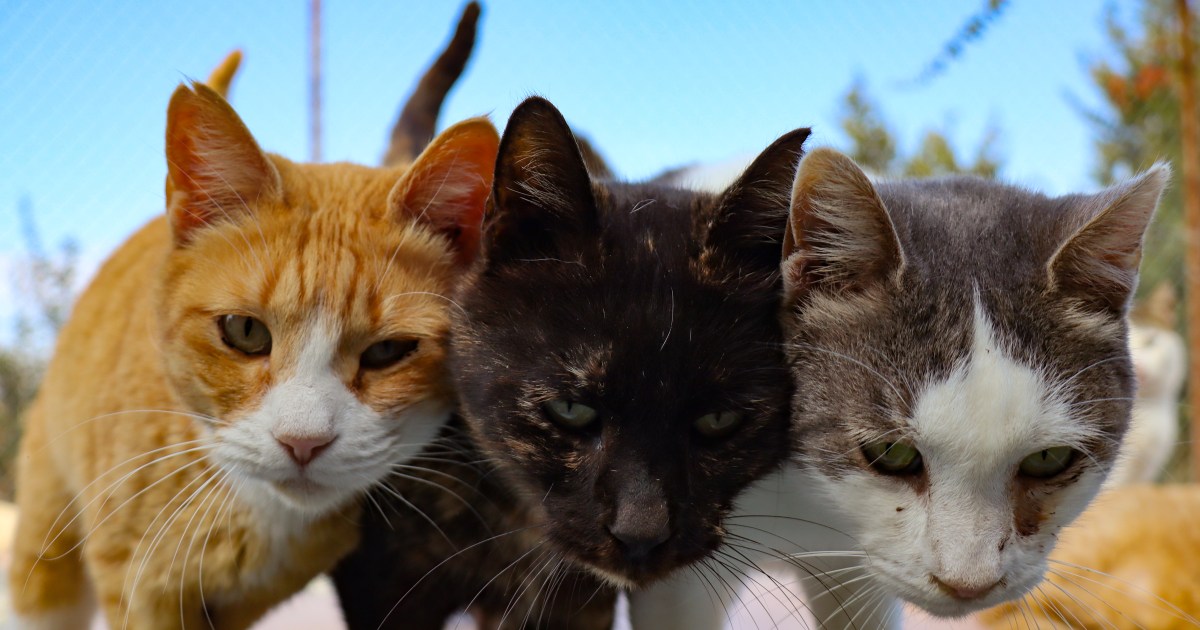New research shows how catnip and silver vine cause euphoric feelings in cats and help them ward off mosquitoes.
Catnip is known to have a special place in the hearts of cats, often responding by rubbing their face and head into the plant, rolling around on the ground and then in a state of intoxicated rest.
But the biological mechanisms by which it works its magic and whether it offers cats extra benefits have so far remained unanswered.
An international team of researchers published a study in the journal Science Advances on Wednesday and found that catnip and silver vine, an even more powerful herb found in the mountains of Japan and China, can repel mosquitoes.
They also identified nepetalactol as the main compound of silver vines responsible for the induction of a euphoric state and discovered that it activates the opioid reward system of the brain. The substance is similar to nepetalactone, the major psychoactive compound in catnip.
Masao Miyazaki, a professor at Iwate University in Japan who was the senior writer of the newspaper, told the AFP news agency the team had applied for a patent to develop an insect repellent based on their findings .
The team began by testing how 25 laboratory cats, 30 feral cats and several large cats, including an Amur leopard, two jaguars and two Eurasian lynx, respond to filter paper soaked in nepetalactol.
The cats all spent more time with paper administered with nepetalactol than with plain filter paper used as a control.
In contrast, dogs and laboratory mice showed no interest in the paper containing nepetalactol.
They then tested how 12 cats reacted to all the known bioactive compounds from silver vines, confirming that nepetalactol was the strongest of the substances.
To test whether the cat’s reactions to the substance are controlled by the opioid system of the brain, they took blood samples five minutes before and after being exposed to the nepetalactol to check beta-endorphin levels.
Elevated endorphin concentrations occurred only after exposure to nepetalactol and not the control agent.
When the researchers gave the cats naloxone, a drug that inhibits the effects of opioids, the cats no longer wanted to rub themselves against the nepetalactol. Naloxone is commonly used in humans to treat an overdose of opioids.
But unlike opioids, scientists think the response to nepetalactol is ‘non-addictive’ because it works by causing an increase in endorphins already produced by the body.
Drugs such as morphine, on the other hand, stimulate the brain’s opioid receptors directly, not indirectly.
Finally, they tested whether silver vine leaves repel Aedes albopictus mosquitoes when cats rub against the plant.
They found that significantly fewer mosquitoes end up on cats engaging in this behavior.
This, they write, is an example of ‘how animals use plant metabolites for protection against insect pests’, seen for example in some bird species rubbing citrus fruits against themselves or chimpanzees making sleeping platforms from trees with repellent properties.
